Siddharth Ramachandran, a College of Engineering professor of electrical and computer engineering and of materials science engineering, thrives in the city. He loves the hustle and bustle of Boston and the diversity of all the people he encounters. When he’s not in his lab or teaching BU engineering students about the fascinating physics of, and applications related to, lasers and optics, you might find him listening to live music at Boston Symphony Hall or a local jazz café.
Ramachandran, who has been named a Vannevar Bush Faculty Fellow (the Department of Defense’s most prestigious award for a single investigator), will now use the support of the fellowship to explore one of the most marvelous optical phenomena: the existence of light beams that, instead of streaming in a straight line, swirl downward like a spiral staircase.
Bostonia: The fellowship support will allow you to study a new kind of light beam that shines in a twisted fashion, rather than as a straight beam. That sounds like science fiction. Can you tell us more?
Ramachandran: Generally, when we think of light, we think of a beam that looks like a spot traveling in a straight line. But the beams we will be studying under this fellowship curiously manifest in light traveling in a twisting path, whirling around an axis like a tornado. At a fundamental level, this fellowship will allow us to study these tornado light beams in ways that haven’t been considered in detail yet. What happens when we send these tornado light beams through air, water, different materials? Does the way light interacts with matter change because of this inherent twisting behavior?
So what makes tornado light beams shine in a twister shape in the first place?
To explain why light typically travels in a straight line, let’s look at waves in an ocean. As you analyze waves, you realize that the water itself isn’t moving forward but instead rises up and down in a synchronized fashion, and it is this synchronization that gives the wave an effective “forward” momentum. If you use the same analogy, a typical light beam does the same thing—the amplitude of light goes up and down in a local position, but the overall momentum flow is straight ahead. In contrast, if you imagine looking at water going down a drain, it twists and goes down in a spiral. That’s similar to a tornado light beam—its wavefront moves in a helical fashion—and so light’s momentum, although still directed down a central axis, locally traces a spiral shape.
Could you—pardon the expression—shine a light on why these weird twisting beams might be useful?
In a paper on tornado light beams we published in 2013 in Science, we showed, for the first time, that these exotic light beams can be encoded with data and made to travel through optical fibers. For telecommunications, this could be really important. Current fiber-optic technology has exhausted all the possible ways of manipulating regular light to increase information bandwidth. But the number of internet users and amount of information we consume continues to increase. Applying tornado light beams to carry data through fiber-optic cables could help us break through this bandwidth barrier.
There are other tantalizing potential applications as well. Going back to this analogy of the sink with swirling water, it turns out that these twisted light beams literally carry momentum that spirals around, a phenomena called orbital angular momentum (OAM). So, for example, you could use OAM in tornado light beams to rotate microscopic particles. This would allow us to create “tweezers” out of light that can rotate and unwrap DNA strands, allowing for very high-speed DNA sorting, for instance.
Tornado light beams could also be very useful for making high-powered lasers. The next generation of self-driving cars will have a lot of optical sensors that use lasers to gain a wealth of information, such as the proximity of objects, the speeds with which they are moving, etc., and lasers made with tornado light beams provide much more information in this regard, from a sensing perspective…. With the fellowship support, the hope is that by the end of the program, we will gain a much deeper understanding of what we all can do with twisted light, both at a fundamental as well as an applications level.
What led you to start your own lab at Boston University?
As I was going through high school, I was inspired by teachers who could explain physical phenomena and show how they could be made into useful applications for society. After getting my PhD in engineering, I worked for the telecommunications research company Bell Labs for a decade. I absolutely loved the synergy between math and physics, and doing it with the intent that my efforts would be useful for business units tasked with developing new technologies, hence having an impact on society. But over time, I felt that industrial research in the United States has become less interested in long-term investment in science and more interested in very short-term innovations. I have always been naturally inclined toward the former, and I was reminded of the reasons I got into the field of engineering—my inspiring teachers—so I came here in 2010 and have been thoroughly enjoying this career change ever since.
How do you stay so innovative?
Being able to work with so many people who have different levels of engineering education—from undergraduate students to postdoctoral researchers—as well as different disciplinary backgrounds, but all sharing the same motivation and excitement for science and technology…I find that to be very fruitful for generating fresh and new ideas. You have this combination of people looking at problems from a fresh perspective alongside people who have been in different related fields for a long time.
You grew up and attended university in small towns, and you say your love for cities began when you started your career. What draws you to city life?
I have always liked living in big cities, where I have the opportunity to be in a cosmopolitan atmosphere with diversity of thought and opinion. When I was working at Bell Labs, I was living in Hoboken. It was easy to hop into New York City for a play, or jazz music, or restaurants. I like music a lot, mostly jazz and classical artists. Now, I happen to live seven minutes from Boston Symphony Hall, so it’s great that I can always just walk over there for a show (I’m a poor planner in advance).
Outside of research and jazz, where else do you like to invest your energy?
I personally get a lot of satisfaction working on volunteer programs to educate underprivileged children in some of the world’s most depressed economic areas. I feel there is a direct connection between me, as an educator for college students, and the much more challenging problems of literacy and education in the underdeveloped parts of the world. I grew up in India, so I go there quite often—at least once or twice a year—and almost every year I end up visiting migrant laborers who, because they are transient, tend to be the most exploited class of laborers. I try to visit those communities and contribute to adult education and adult literacy programs. I also play a small role in Boston organizations like the Association for India’s Development and Asha for Education, doing local project planning to identify new opportunities for education and human development programs.
Kat J. McAlpine can be reached at katjmcal@bu.edu.


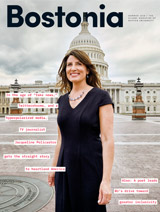
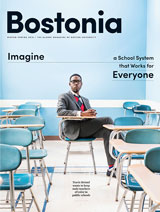
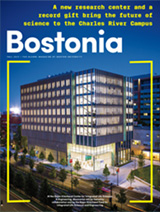
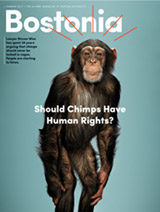
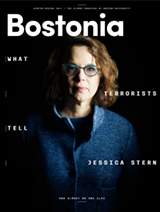
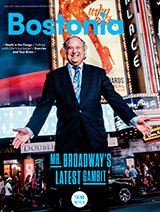
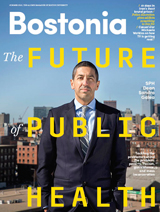
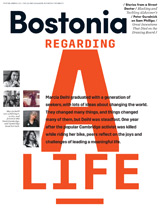
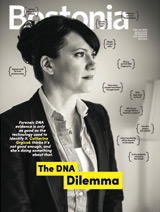
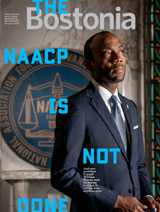
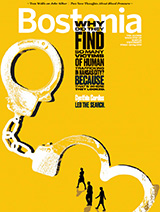
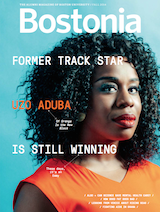


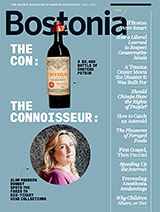
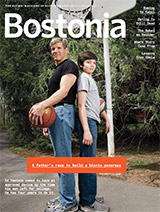
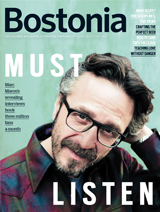
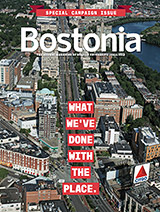
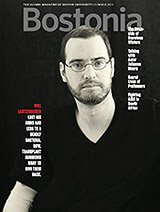
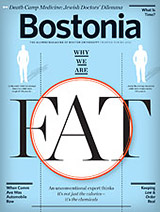
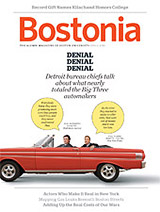
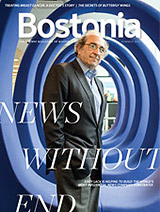


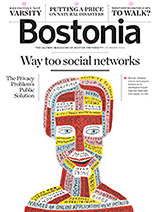
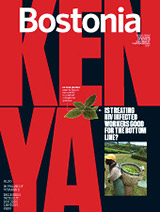
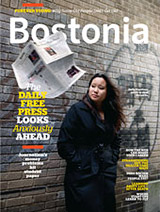
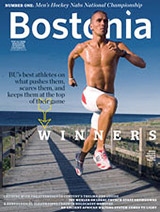
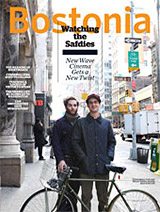

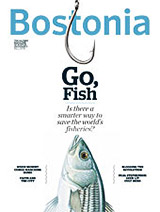

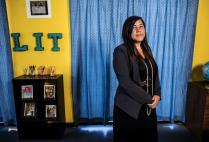
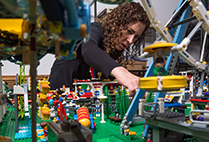

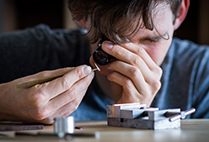
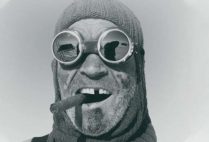
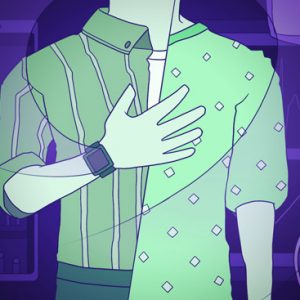
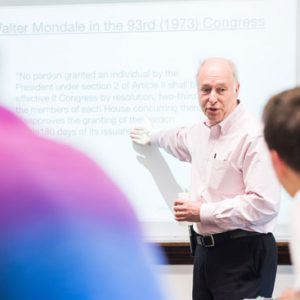
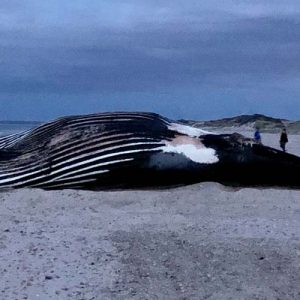
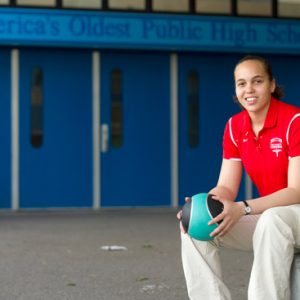
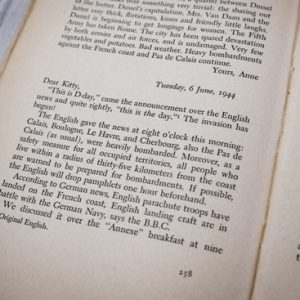
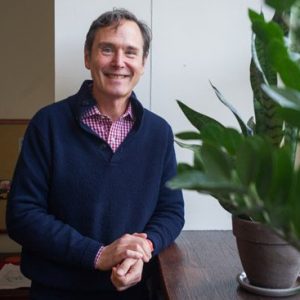
Related Stories
ENG Prof Elected Fellow of National Academy of Inventors
David Bishop a prolific real-world innovator
ENG Prof Wins NASA Early Career Faculty Award
Given for developing deep space communication technology
Gail Carpenter Named IEEE Fellow
GRS prof’s work has remote sensing, mobile robot implications
Post Your Comment